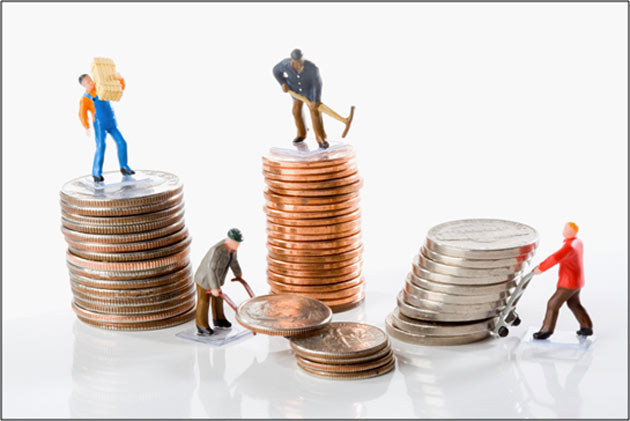Nine days into 2018, I’ve read 793 economic and market forecasts.
Okay, that’s an exaggeration… but it certainly feels like it. In any case, I’ve read enough to know opinions are all over the place. Whatever your desired scenario, some expert says it’s a sure thing.
A forecaster’s greatest challenge is separating what you want to happen from what you think will happen. There’s nothing wrong with wishing events will turn out favorably. But that desire shouldn’t keep you from accepting the facts and their likely consequences.
I think John Mauldin got the right balance in his 2018 forecast, Economy on a Roll. After helping John with research for that letter, I mostly agree with his conclusions. I say “mostly” because I am not quite as optimistic for 2018.
John and I both think this year’s top risk is a miscalculation by the Federal Reserve—specifically, that it will tighten monetary policy too much.
As I’ve thought about it and read other forecasts, I have a slightly different view. Here’s the key question: if the average worker’s paycheck grows, is it good or bad for the economy?
The answer is less clear than you might think.

Photo: Getty Images
Full Employment?
Before we go on, a small mea culpa. I didn’t think the Republicans would manage to pass a tax cut in 2017. They did, albeit after taking almost the whole year.
The bill they passed also has more short-term stimulus than I thought possible. Several provisions give businesses an incentive to expand capacity. It’s not much and won’t begin to cover the added debt the tax cuts produce, but it will help.
However, the more salient issues are jobs and wages.
The Fed is hiking interest rates because its experts believe the economy is close to “full employment,” and the Phillips Curve says wages should start rising any minute now.













Leave A Comment